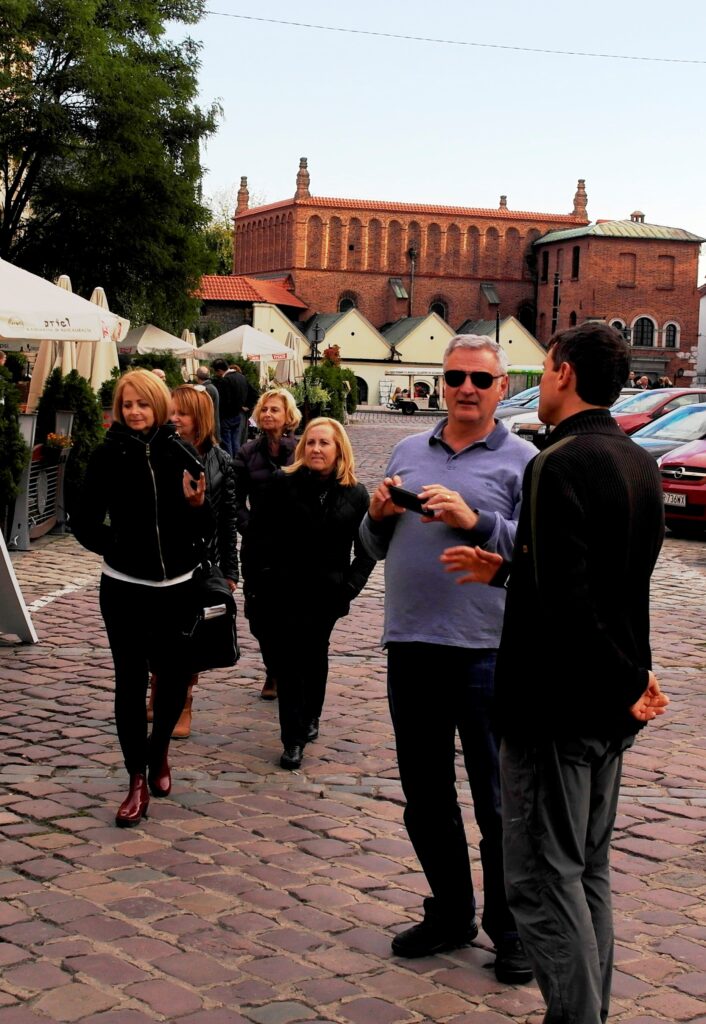
Day 1
We started the day with wandering around the beautiful undergrounds of the “Wieliczka” Salt Mine. The unique atmospere of the Jewish Quater – Kazimierz where we got afterwards, made us stay there till the late evening. The local tour quide presented not only the oldest Alta Shul still standing in Poland but also other places related to rich Jewish culture here: the Old Jewish Remuh cemetery, Kupa synagogue, mikvah, and others. Having a nice time in one of a charming cafes in Kazimierz we got ready for another unique event: the Jascha Lieberman Trio concert.
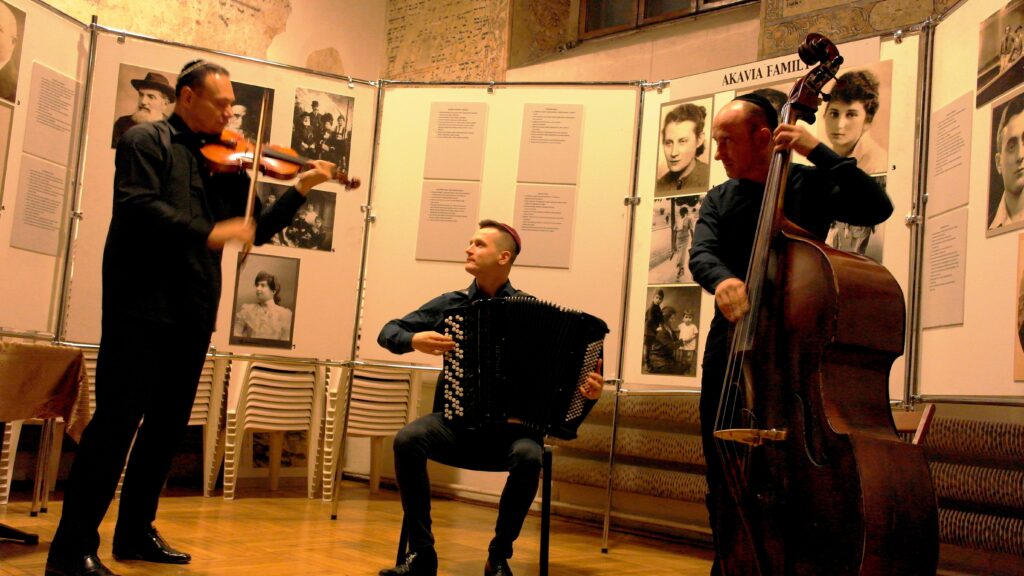

Day 2
Having seen where the Steven Spielberg movie “The Schindler’s list” was actually filmed (district Kazmierz) we visited the Schindler’s factory in the morning.
Afterwards we drove to Oświęcim – where the Auschwitz Death Camp was located. It was not a regular tourists’ visit. Our client’s father survived more than 4 years there, including the march to Buchenwald in 1945 and his grandfather was murdered in 1943. We have accessed Auschwitz archive and discovered records of both prisoners… It was one of the most emotional moments of our journey.
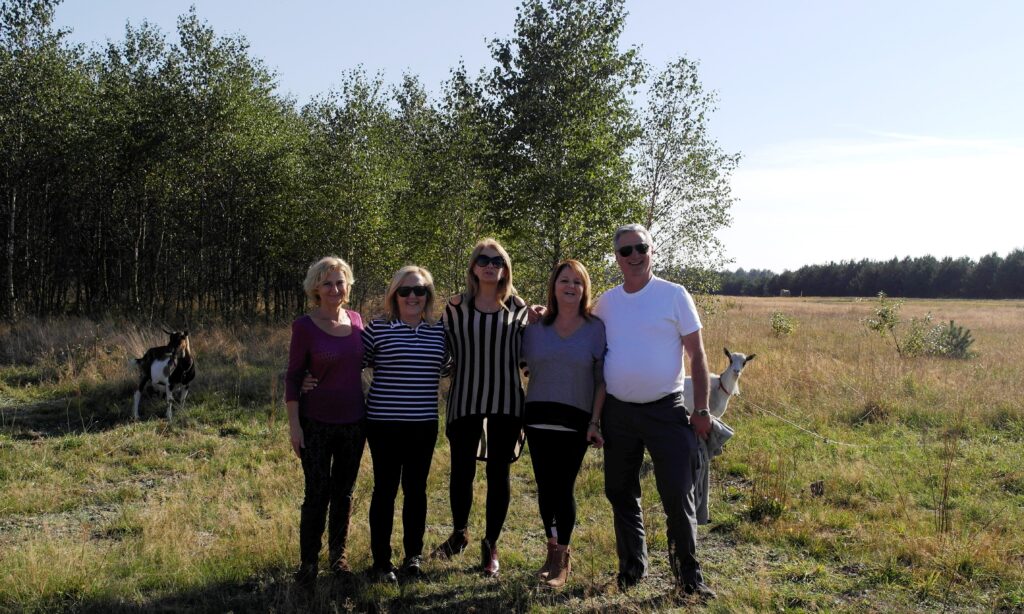
Day 3
In the morning we travelled to Sulejów – town of origin of Client’s maternal ancestors. The Client’s surname is Koziwoda and as families were named either by occupation or location, we have found the only place in Poland called “Kozia Woda” (Goat’s water). While walking through the village and talking to locals we discovered a place where the Jewish inn used to stand. We also had a great time playing with two goats (koza) we met in the middle of the village. It was just the beginning of the real genealogy tour!
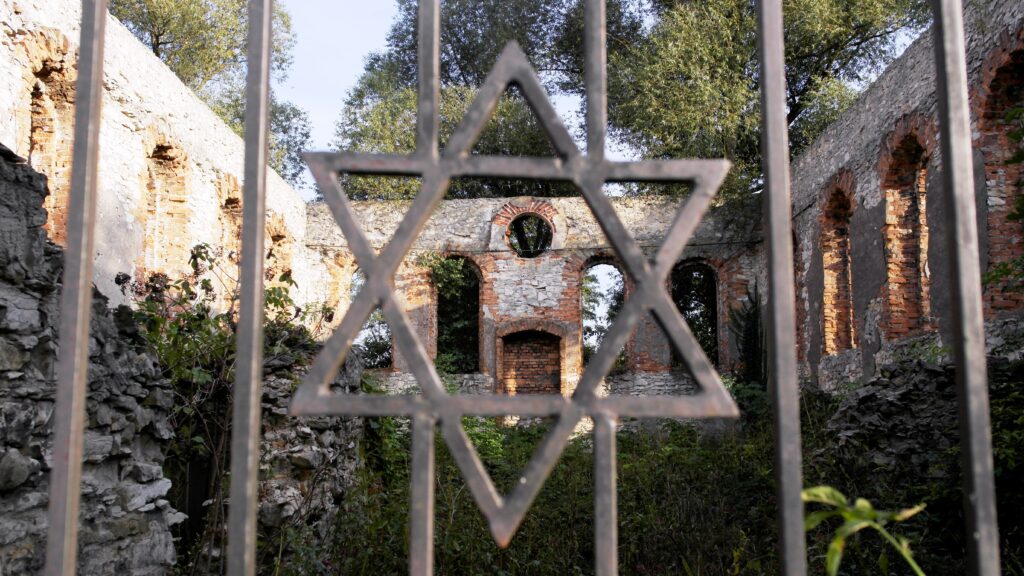
Day 4
The fourth generation of the Koziwoda family was originated in Pajęczno. In the morning we walked through the streets of the former ghetto in Pajeczno, founded in 1940. Then we visited a village where our Client’s father was born. It was not a long drive to Krzepice, where we saw the remainings of a beautiful synagogue and a unique Jewish cemetery, where most of the matzevas are made out of cast iron. Due to the fact those graves had been indexed some years ago, we were able to find some belonging to our Client’s potential ancestors.
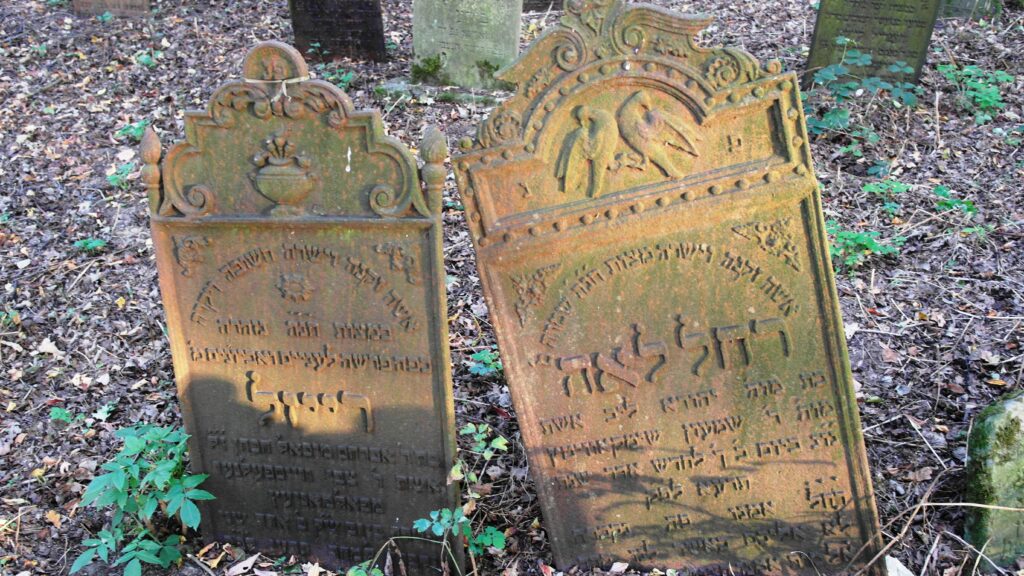


Day 5
Piotrków Trybunalski used to be a multicultural town. Within a walking distance from the Roman Catholic catherdral and the Orthodox one, we found a nicely re-done “The Great Synagogue” used as a public library nowadays. We located several other places mentioned by our Client using old maps. Then we explored Bełchatów, another town where Koziwoda roots once grew. We have found one of the apartments that belonged to Koziwoda family there. After a dispute with Civil Registry Office bureaucrats we have accessed books of vital records and found records of our Client’s aunt and uncle.

Day 6
Finding a good hairdresser in a hotel we stayed in made a significant change in our itinerary. Skipping all the activities planned for the morning, we visited the Jewish Historical Institute in the afternoon. This is where we found some information about both sides of your families. Finding out that your maternal aunts (sisters of Bronia Weiss) were in Russia during the WWII was an unexpected discovery. Having the lunch in the Old Town we walked around and finished the day by listening to a concert that was a part of the 17th International Fryderyk Chopin Piano Competition.

Day 7
POLIN – means in Hebrew “Poland”. This is also a name of the Museum of the History of Polish Jews we visited. On the area of over 40 000 sq ft we had an opportunity to immerse in the world of Polish Jews. The main exhibition is divided into eight galleries that present different chapters of the story of Jews in Poland starting from the medieval times until today. We were able to see some old pictures from Działoszyn there, feel the atmosphere of the pre-war Jewish cultural sites, learn about the emmigration and much more.
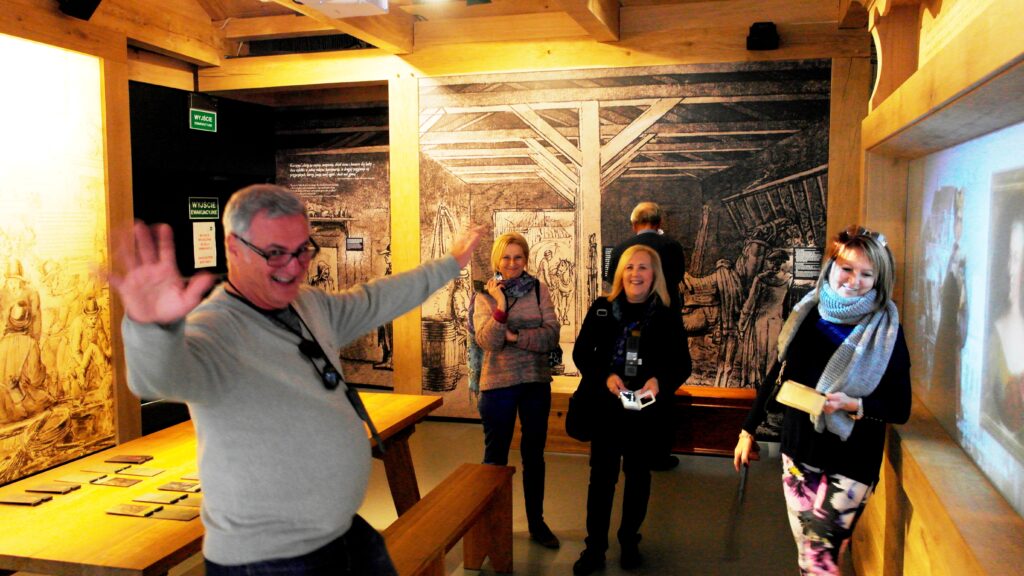
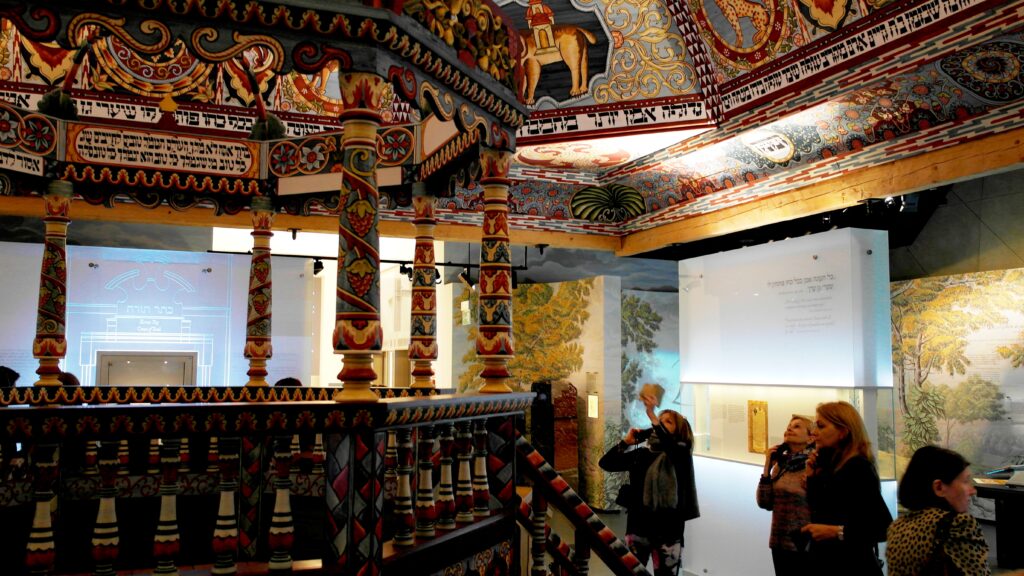
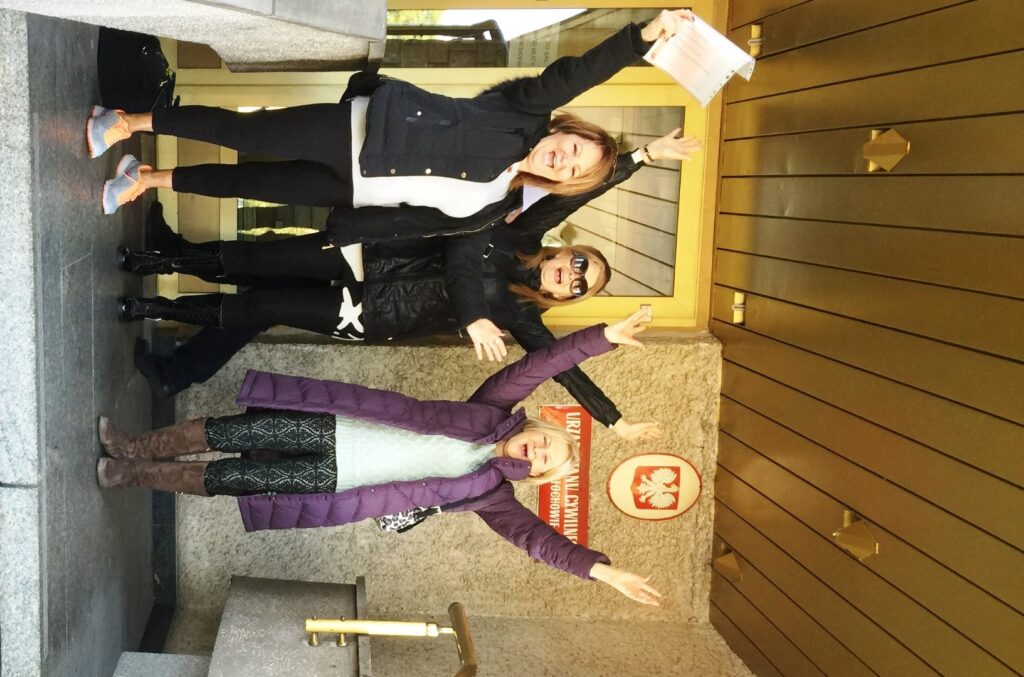
Day 8
It was one of the most intensive days, dedicated to another field research. We started with the research in State Archive. Then, after a long round of interviewing locals we eventually got to one of the biggest Jewish graveyards in Poland. It got dark when we entered the former Jewish quarter in town. We talked to an enthusiast of the Jewish history of Czestochowa, who showed us a small celler in his house, where previous owner had been hiding 17 Jews for weeks during the war. We also visited a house listed as a birthplace and the last place of residence of our Client’s relatives.
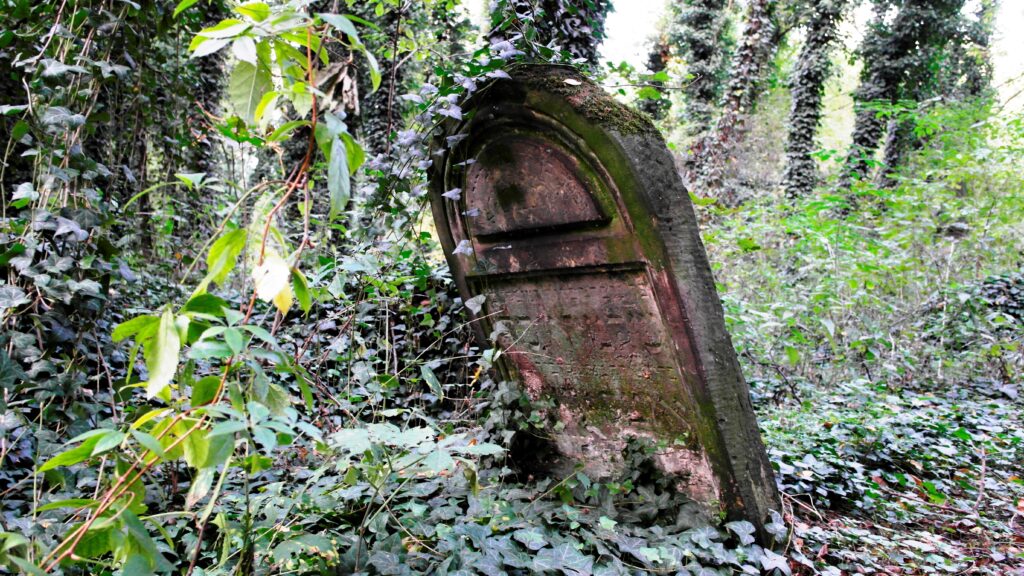


Day 9
Being in Częstochowa we have visited Jasna Gora monastery where the world famous painting “Black Madonna” is kept. After the moring visit there, we drove back to Warsaw. After a very meaningful day in Czestochowa we deserved a little rest. A cafe-gallery, located at Proznan street that used to be part of the Warsaw Ghetto was a perfect place to watch albums with old photographs of Warsaw. Close to this place there is the only functioning synagogue in Warsaw that survived the WWII.
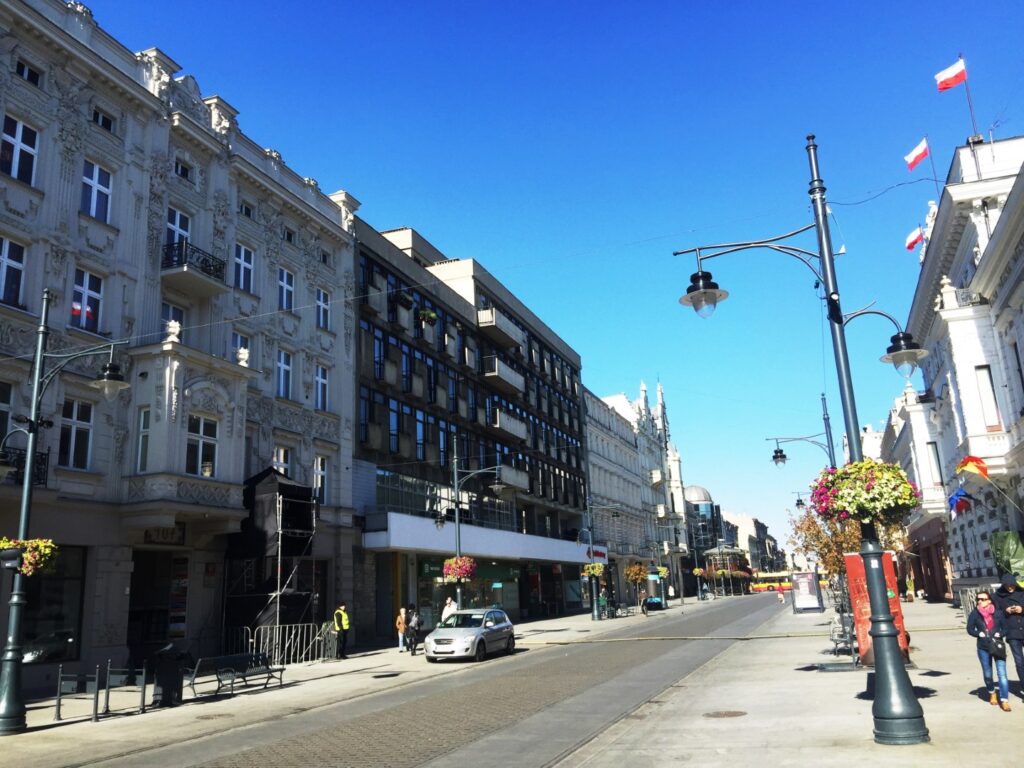
Day 10
The last day of a tour we spent in Łódź – an important industrial city. We managed to visit two synagogues, sztibel, mikveh and a cemetery that unfortunately was closed. Soon after that we went to the biggest shopping mall in Poland. This is where we had an opportunity to try ” the cousine of commons” – the culinary taste of the generation born in PRL (communist Polish People’s Republic). As all good things come to an end, our journey did so as well. Hopefully the unforgettable memories from the genealogy tour will stay with our Clients for a long time.
